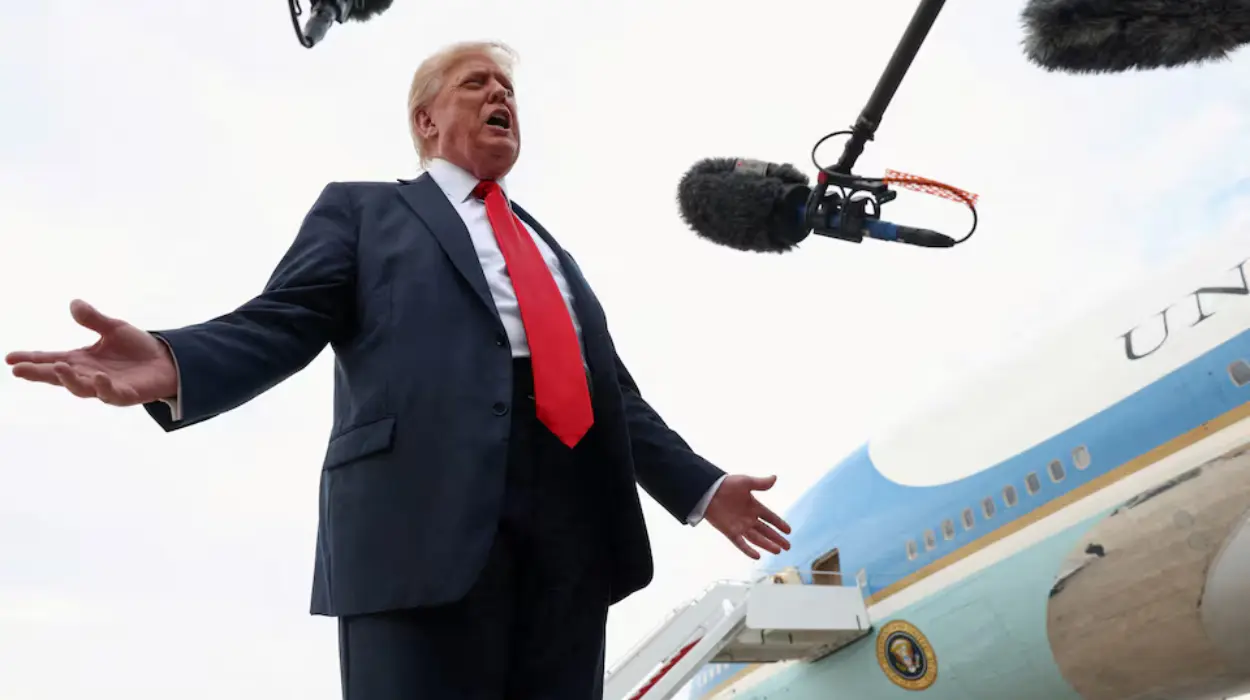Brussels (Brussels Morning Newspaper) – European Union diplomats report that the bloc is considering a wider range of counter-measures against the United States as hopes for a satisfactory trade deal with Washington diminish, Reuters reported.
An expanding number of EU countries, Germany among them, are exploring extensive “anti-coercion” strategies that would enable the bloc to target U.S. services and various sectors if no agreement is reached, diplomats report.
Why is the EU losing hope for a deal?
The European Commission, negotiating trade deals on behalf of the 27-member bloc, seemed about to enter into an agreement whereby the EU would be subject to a 10% U.S. tariff on the majority of exports, with some give and take.
Those hopes appear to have unravelled after President Donald Trump threatened to impose a 30% tariff on the EU by August 1, after last week’s visit to Washington D.C. by the EU Trade Commissioner Maros Sefcovic and U.S. officials. Sefcovic, who stated that a 30% tariff would “practically prohibit” transatlantic trade, provided a serious assessment of the current situation to EU envoys on Friday, according to diplomats told Reuters.
U.S. counterparts had come up with diverging solutions during his meetings, including a baseline rate that could be well above 10%, the EU diplomats added.
“Each interlocutor seemed to have different ideas. No one can tell (Sefcovic) what would actually fly with Trump,” one diplomat expressed. The chances of reducing or eliminating the 50% tariffs on steel and aluminium and the 25% tariffs on cars and car parts in the U.S. seem minimal.
What are the limits of Trump’s trade authority?
US has also refused the EU’s request for a “standstill” agreement, which would prevent additional tariffs once an agreement is reached. Diplomats explain that Trump’s authority on national security reasons remains unfettered, especially regarding Section 232 trade investigations into pharmaceuticals, semiconductors, and timber.
EU diplomats indicate that the mood has shifted among member states, making them more prepared to respond, even though they still favour a negotiated solution.
How is the EU preparing countermeasures?
The EU has a tariff package on 21 billion euros worth of U.S. goods, which is currently suspended until August 6. It still needs to determine additional countermeasures on 72 billion euros of U.S. exports.
There has also been an increase in discussions about the EU’s comprehensive “anti-coercion” instrument (ACI), which enables the bloc to respond to third countries that apply economic pressure on member states to influence their policies.
Designed with China in mind, it would enable the bloc to focus on U.S. services, restrict U.S. companies from accessing public procurement or financial markets, or limit U.S. investment.
European Commission President Ursula von der Leyen stated a week ago that the ACI was designed for extraordinary circumstances, and she added, “We are not there yet.”
The EU Commission would require a qualified majority of 15 countries, representing 65% of the EU population, to invoke it. It would only proceed if confident it would succeed, but there are increasing signs of support, including from Germany, which suggests it should be considered, according to EU diplomats.



